In this article, you will learn what is crankshaft position sensor? Their function, location, symptoms, and replacement are explained with Pictures.
If you need a PDF file? Just download it at the end of the article.
What is a Crankshaft Position Sensor?
A crankshaft position sensor is defined as an electronic device that is used in both petrol and diesel engines, to manage the position or rotational speed of the crankshaft. These sensors are also found useful in detecting ignition timing and engine RPM.
The generated data from the sensor is sent to the engine’s ECM to control fuel injectors, ignition systems, and other engine parameters. The camshaft position sensor is used to determine which cylinder is firing to synchronize the fuel injector and coil firing sequence.
However, without this camshaft and crankshaft sensor, the engine would not start. Typically, the sensor may be installed in the transmission housing or in the engine cylinder block. Whereas in some vehicles, the sensor is located near the main pulley.
It is one of the most important sensors in modern-day engines, along with the camshaft position sensor. Fuel injection or spark ignition is usually performed by a signal from the crankshaft position sensor. The sensor failure will result in the engine not starting or cutting off while running.
Functions of Crankshaft Position Sensor
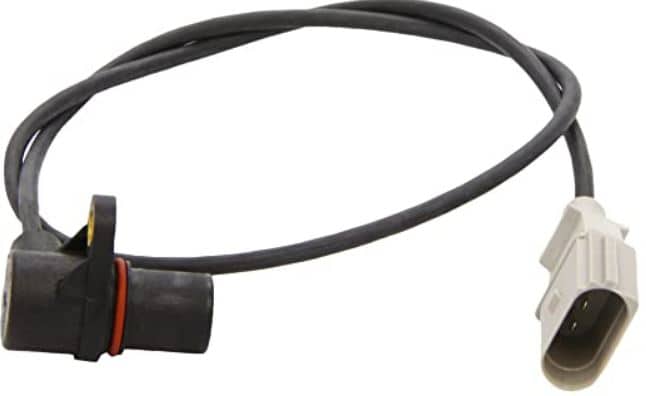
The crankshaft sensor is installed in such a way that the teeth of the reluctor ring are connected to the crankshaft close to the sensor tip. One or more teeth are missing in the reluctor ring to provide the ECM with a reference point for the crankshaft position.
When the crankshaft rotates, the sensor generates a pulsed voltage signal, where each pulse reacts to a tooth on the reluctor ring. Usually, the reluctant ring is made from missing teeth.
The ECM uses signals from the crankshaft position sensor to decide when to generate a spark and which cylinder. Apart from this, the signal is also used to see if any cylinder is misfiring. In a diesel engine, the sensor operates the fuel injection.
Sensor output can also be related to other sensor data, including cam position, to obtain the current combustion cycle, this is very important for a four-stroke engine. If the sensor is damaged, there will be no spark and the fuel injectors will not work.
Don’t miss out: What are the different types of steering systems?
Crankshaft Position Sensor Location
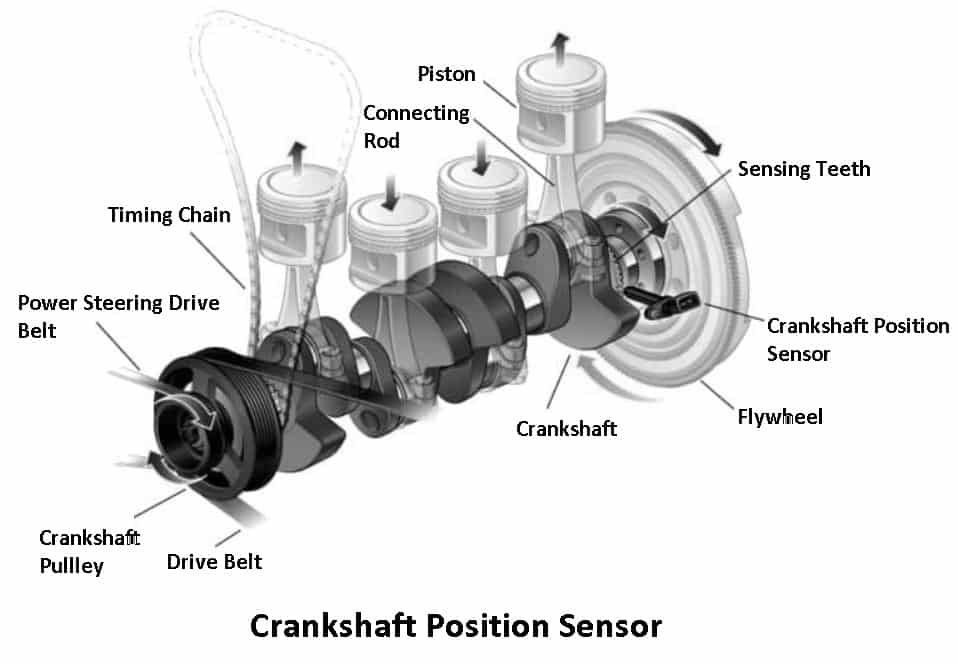
The location of the crankshaft position sensor may vary according to the type of vehicle engine design and model. Obviously, it is found closer to the crankshaft, so it is often located at the front of the engine. It is usually mounted on the timing cover.
It can be mounted on the rear or side of the engine in some models. In some cases, the crankshaft position sensor measures the speed of the clutch flywheel to determine crankshaft speed. In these types, the sensor is located on the bell housing of the transmission.
Types of Crankshaft Position Sensor
Following are the main two types of crankshaft position sensors:
- Inductive sensor
- Half effect sensor
- Optical sensor
- Special type
#1 Inductive Sensor
This type of sensor is composed of a magnetic core and copper conductor winding mounted on an isolated coil that generates an AC voltage. It can be located either in the engine block, near the flywheel, or close to the crankshaft.
It gathers notches on a spinning disk, reluctor wheel, or crankshaft. As the notch passes through the sensor, it causes a change in the magnetic field, sending an alternating current signal to the ECM.
#2 Half Effect Sensor
Hall-effect sensors generate a digital square wave signal instead of an analog AC signal. It consists of a three-pin connector (reference voltage, ground, and signal). Hall effect sensors offer the advantage that they can detect static (non-variable) magnetic fields.
This type is mounted in the same locations as the inductive sensor and responds to the same notch and either on or off, as the notch passes the sensor. These types of sensors are commonly used in modern types of cars.
#3 Optical Sensor
However, optical sensors are not very resistant to fouling, but they are capable of detecting edges with extreme precision.
#4 Special Type of Crankshaft Position Sensor
In some engines, such as those in the GM Premium V line, the crank position sensor is read by a sensing ring that is part of the harmonic balancer.
This is a much more accurate way to determine the crankshaft’s position (and therefore all connected components) throughout the run of the engine and allows computers to determine the crankshaft’s exact position within a few degrees.
Symptoms of Crankshaft Position Sensor
In every type of engine, the crankshaft speed and position are important parameters in engine management calculations. However, many engines will not start if the crankshaft position sensor does not provide accurate data.
A faulty crankshaft sensor causes a number of symptoms that highly alert the driver to a potential problem that needs to be addressed. Some of the major symptoms are discussed below.
- Check engine light ON
- Engine misfires
- Vibrations in engine
- Poor engine performance
- Difficulties in engine starting
- Engine stalling
- Rough idling
- Poor gas mileage
- Acceleration problems
- Extended cranking
Read Also: The Complete List of Car Body Parts and Their Functions [PDF]
#1 Check Engine Light ON
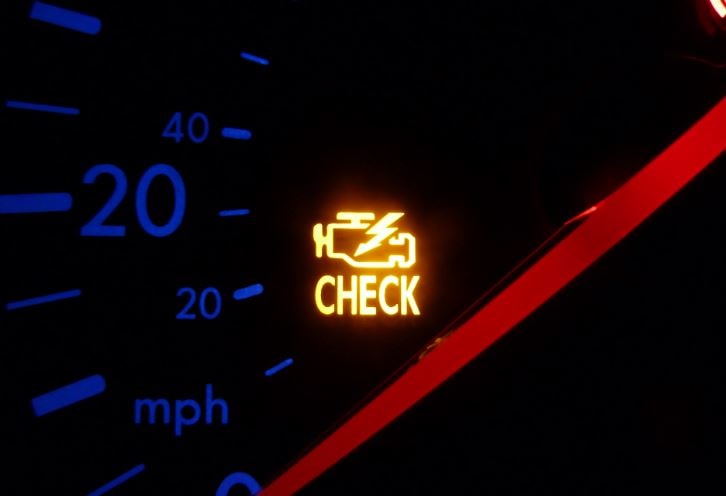
This is the most common symptom and regularly occurs when the crankshaft position sensor is worn out. The check engine light ON means that if the computer detects a problem with the crankshaft position sensor’s signal, it will activate the check engine light to alert the driver of the problem.
The advantage is that if you have a check engine light, it should help prevent damage to the engine. On the other hand, these symptoms can cause some performance issues. However, the longer you ignore this problem, the more it will get worse.
#2 Engine Misfires

The engine needs the correct timing to ignite the fuel mixture, If the piston is not at the top dead center at the time of ignition, it can cause a misfire. This is because the crankshaft position sensor controls both fuel and ignition timing accurately by assessing the position of the crankshaft teeth and reading rotations per minute.
When the information sent by the sensor is incorrect it drives the injectors and ignites the fuel mixture at the wrong time. As the crankshaft sensor wears out, you feel or hear a brief stutter in the engine. This could be a sign of cylinder misfiring from a bad crankshaft position sensor.
#3 Vibrations in Engine
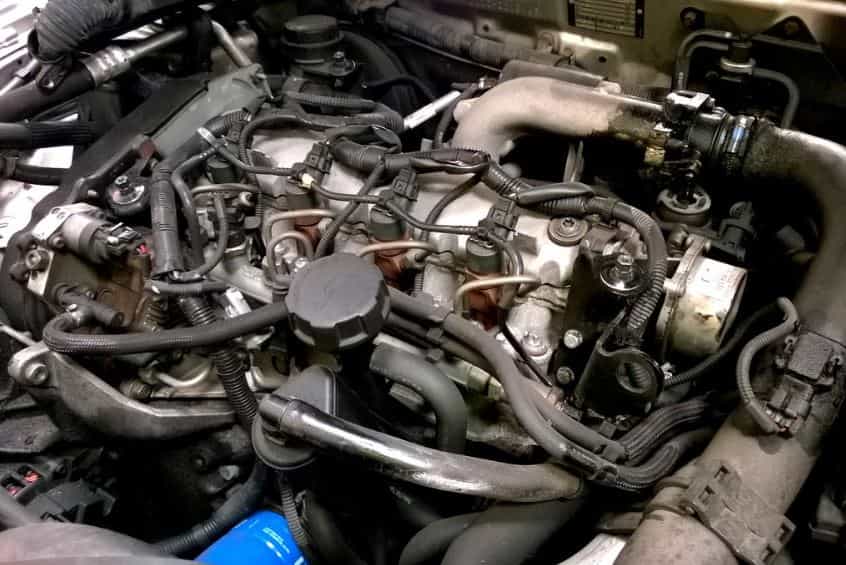
If you have a faulty crankshaft position sensor in an engine, then it does not optimize any performance. A faulty sensor means no monitoring for the condition of the crankshaft which causes the engine to vibrate heavily.
Worse yet, it may use incorrect readings to determine fuel and ignition timing. If the ECM does not work correctly, you will experience an uneven ride. You can also feel these vibrations falling into the steering wheel when you hold it. The problem will only get worse until you fix it.
#4 Poor Engine Performance
A faulty crankshaft position sensor will also reduce engine performance. If your car has a bad crankshaft position sensor, the engine control unit will not know the correct position of the crankshaft or cylinder.
This will delay the ability of the engine control unit to maintain engine operation and performance, making the gas pedal a little harder. Sometimes it will not respond at all. This can be very dangerous on the road which requires you to go fast without stopping.
#5 Difficulties in Engine Starting
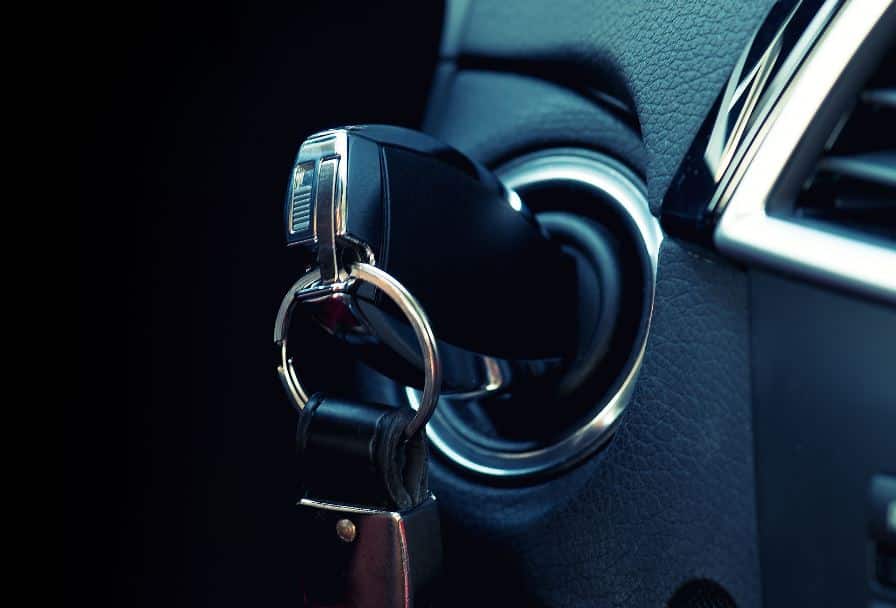
If your vehicle’s crankshaft position sensor is not in a condition to sync at all means completely bad, you might face trouble starting your vehicle. What usually happens is, that when there is a problem with the crankshaft position sensor, it receives a malfunction code which indicates that there is some sort of problem with its function.
Because of this, the ECM does not know when to fire the spark plug and pulse the fuel injector. As a result, the engine may be empty of fuel or spark, resulting in a vehicle declining to start. If the problem continues, you may not be able to start your engine at all.
#6 Engine Stalling
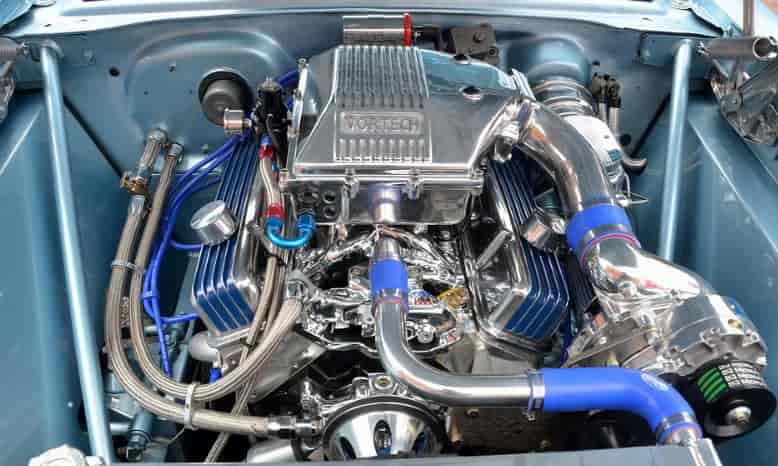
If there is a problem with the crankshaft sensor or its wiring, it can cut off the crankshaft signal while the engine is running, resulting in engine stalling. Engine stalling is a direct sign of a wiring problem in the sensor. In addition, it is also caused by a decrease in fuel pressure or a decrease in airflow.
Calculating fuel injection requires a working crankshaft position sensor to send consistent and accurate data to the ECM. When the sensor fails, the data from the crankshaft position sensor does not reach the ECM, causing the vehicle to stall.
#7 Rough Idling
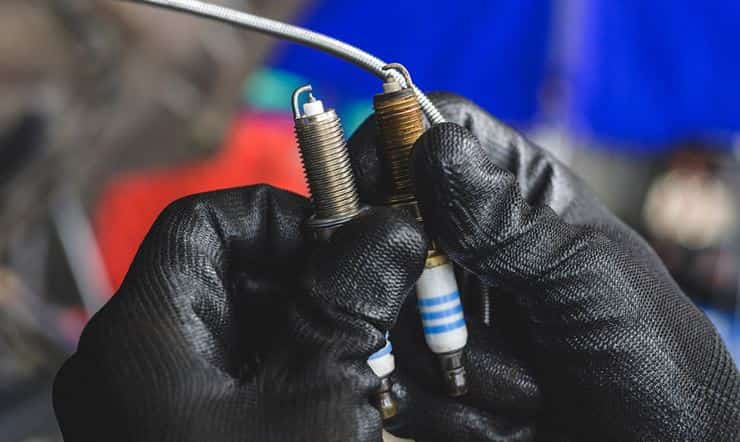
Engine rough idling is also caused by a bad crankshaft sensor. Rough idle means that the ECM is not receiving data from the bad crankshaft position sensor which forces it to fire the fuel injector or spark plug at inappropriate times.
Due to this, the sensor refuses to monitor the position of the crankshaft, causing vibrations that affect the overall engine power. Rough idles can happen for a number of reasons and it can be quite difficult to point out the exact cause. So if you see vibration in an idle, you need to get your CPS checked.
#8 Poor Gas Mileages
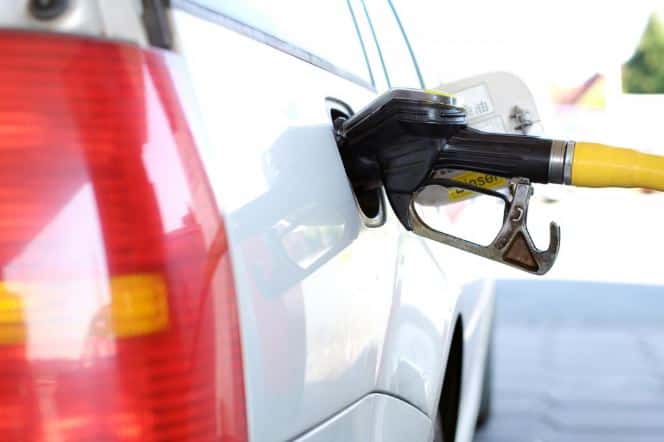
For an engine that performs well and gives good mileage, it is important to have a working crankshaft sensor. When you have a bad CPS, it will have inaccurate timing information and the fuel injectors will not pump gas appropriately into the engine.
Because of this, the vehicle will consume a lot of fuel and run on the incorrect mixture which will further worsen the problem. This will not only lead to various driveability problems with low mileage but can also be harmful to the health of your engine.
Therefore, get the sensor inspected by a mechanic soon, as insufficient fuel savings can be caused by other issues as well.
#9 Acceleration Problems
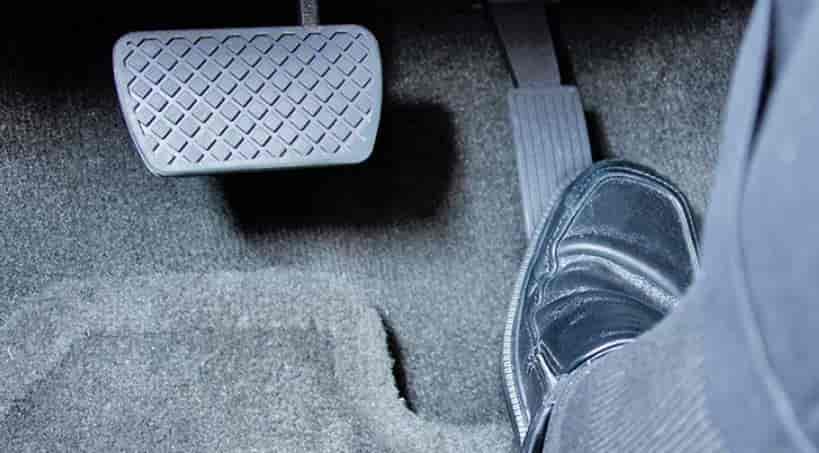
With the wrong data from the crankshaft position sensor, you will notice that your engine is constantly struggling to match the speed of acceleration. This is an expected drop because the engine cannot know the rotation speed of the crankshaft in order to proportionally increase the fuel and adjust the ignition timing.
As CPS degrades, the engine control unit cannot make adjustments to spark timing and fuel injection when engine speed increases. This uneven acceleration can result from a lack of accuracy and can make it difficult to stick at a constant speed.
#10 Extended Cranking
Since the ignition is off with the timing sensor, it is clear that you will have trouble starting your vehicle. Sometimes you will have an extended crank before the vehicle actually starts, however, a bad crankshaft position sensor can also lead to a crank but no start condition.
Due to a bad crankshaft position sensor, you will see an increase in the time it takes for your car to start. This can happen periodically but you should not ignore such symptoms as it can cause internal damage to the engine.
Read Also: The Complete List of 20 Car Interior Parts and Functions
Crankshaft Position Sensor Replacement
When the crankshaft sensor fails, your engine may run poorly or may not run at all. There are a few steps to be taken to replace the crankshaft position sensor which is the same for all engines.
- To replace the crankshaft sensor by yourself, you’ll need a few materials and tools such as a floor jack, jack stand, ratchet and socket set, cleaner, and a new crankshaft sensor.
- Initially, you need to secure and prepare your vehicle by using jacks and jack stands.
- Once you are done with the setup, it is time to disconnect and unplug the sensor’s electrical connector from the engine wiring harness.
- Now, you need to locate the sensor which is mounted near the crankshaft pulley. Using the proper-sized socket and ratchet handle, you can easily remove the sensor bolt.
- After that, gently lubricate the O-ring on the new sensor to make it easier to install.
- The next step is to firmly twist the new crankshaft position sensor and reinstall the bolts.
- At this time, plug the new crankshaft position sensor into the engine wiring harness. Use a clip to prevent the sensor from unplugging itself during operation.
- Lower the vehicle carefully and remove the jack stand.
Advantages of Crankshaft Position Sensor
The following are the important advantages of crankshaft position sensors:
- Engine performance can be maximized with precise fuel injection and ignition timing.
- Because of the precise engine synchronization, it provides increased fuel efficiency.
- It Improves combustion control and reduces hazardous emissions.
- Engine misfires are avoided, resulting in smoother running.
- This makes it possible to monitor and diagnose engine problems in real-time.
- It helps the engine control unit run smoothly by giving it essential data.
- It guarantees steady power delivery, which improves the driving experience.
Disadvantages of Crankshaft Position Sensor
The following are the important disadvantages of crankshaft position sensors:
- Engine performance problems might arise due to damage or malfunctions in the crankshaft sensor.
- The system is susceptible to electrical failures due to its reliance on electronic components.
- It may necessitate specialized diagnostics due to the increased complexity of engine systems.
- Because of the sensor’s crucial function in engine operation, replacement and repairs may be expensive.
- If debris or oil contaminates the sensor, its efficiency will be reduced.
Final Thought
The crankshaft sensors are commonly used to store data such as engine speed (RPM), piston position for ignition timing control, and misfire detection. Still, the crank sensor can fail if it’s bad.
If this sensor is not replaced in time, the chances of engine damage are high. In the worst case, the engine may fail completely. So call a well-experienced mechanic as soon as possible to replace the sensor or you can do it yourself.
Closing It Up
So for now, I hope I’ve covered everything you were looking for about the “Crankshaft Position Sensor”. If you still have any doubts or questions regarding this topic, you can contact us or ask in the comments. If you like it, then share this with your friends.
Want free PDFs direct to your inbox? Then subscribe to our newsletter.
Download PDF of this article:
You might like to read more in our blog:
- What is a differential system and how it works?
- How many types of suspension systems and their working?
- What are the different types of engine valves?
External links:
Please can I have the pdf of different types of of engine valves
The PDF file has been sent to your inbox.
Thanks, these articles they are really helping more especially on auto electrical
Glad to hear! You’re welcome.